1. Framed “Vintage” Family Photos
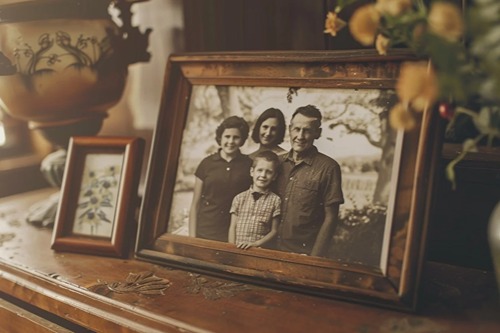
At first glance, these sepia-toned portraits look like heirlooms passed down through generations. But take a closer look and you’ll notice the paper’s still stiff, and the frames are from a popular online photo service. Many people are now using AI-powered apps to “age” recent family photos for a nostalgic effect. It’s a clever touch, but the ink hasn’t even had time to fade.
They’re often displayed prominently, suggesting deep roots and long-standing family history. But in reality, the photo was likely uploaded, filtered, and delivered within 48 hours. It’s the digital equivalent of instant legacy. Sentimental in style, not in story.
2. Pressed Flower Art
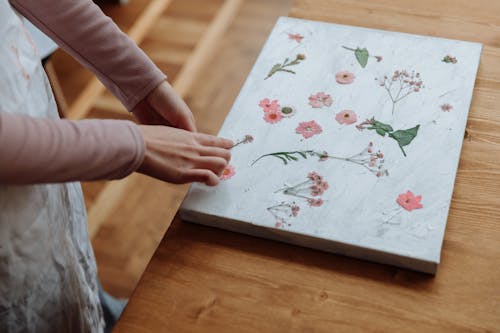
Pressed flower frames feel delicate and romantic, like they were plucked from a meaningful walk decades ago. But more often than not, they’re sourced from Etsy or craft stores, where they’re pre-arranged and preserved for aesthetics. These flowers are typically grown commercially and dried in bulk—there’s no personal story attached. Still, they make great conversation starters about imagined memories.
You’ll hear phrases like “I’ve always loved wildflowers” or “It reminds me of my grandmother’s garden.” The truth is, someone else’s hands did all the work, likely just last week. It’s less about memory and more about mood. Sentiment becomes decoration.
3. Worn-Looking Cookbooks
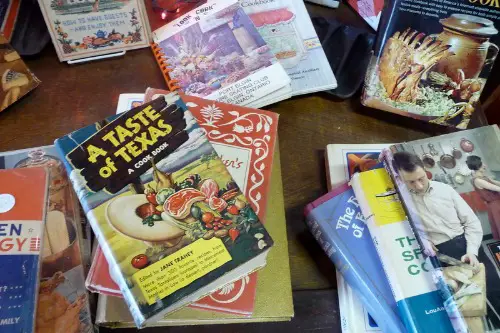
A well-loved cookbook with flour-dusted pages screams family tradition and cherished recipes. But publishers have caught on and now sell pre-distressed editions designed to look broken in. Some even feature fake smudges and yellowed pages to imply years of use. It’s all manufactured history, bought in the “new releases” section.
You might spot it open on a kitchen counter, like someone was mid-recipe. But odds are, that dog-eared corner was folded at the factory. The book might be one week old, with no actual meals behind it. Still, it feels like it has stories to tell.
4. Antique-Looking Clocks
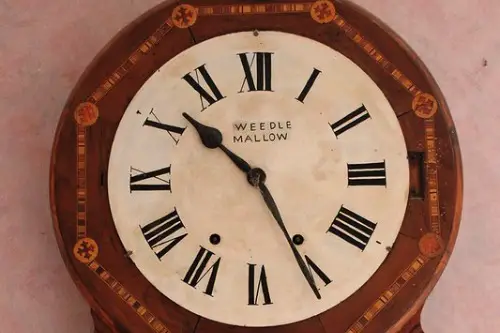
That rustic wall clock with Roman numerals and weathered wood feels like it belonged in a Victorian home. But it was probably made in the last seven days and shipped from a factory specializing in “farmhouse chic.” Many modern clocks are built with synthetic distressing techniques, like faux wormholes and paint fading. They’re designed to look like they’ve ticked through decades.
People love them for their charm, not their timeline. These clocks don’t carry the weight of time—they’re impersonating it. Even the ticking sound is often digitally replicated. They count minutes, not memories.
5. Monogrammed Linen Towels
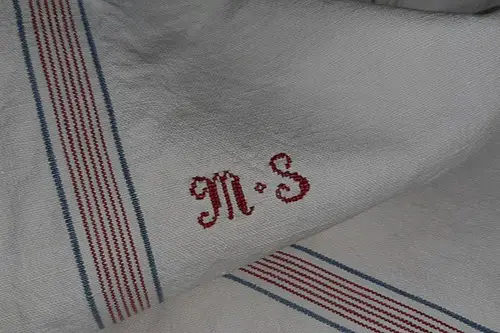
There’s something intimate about seeing your initials on crisp white linen—it whispers family legacy and hotel-level class. But monogramming is now a fast-turnaround option offered by nearly every home retailer. You can walk into a store or click a button online and have a full set within three days. No embroidery hoop, no ancestral story—just mass customization.
Guests may assume the towels were wedding gifts or passed down from an aunt with impeccable taste. But in truth, they were probably added to cart during a late-night browsing spree. They serve more aesthetic than emotional function. Pretty? Definitely. Personal? Not really.
6. “Inherited” Persian Rugs
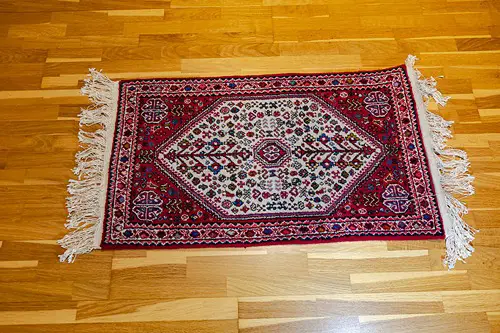
A good Persian rug feels storied—like it’s traveled across continents and generations. But many “vintage” rugs today are newly made in Turkey or India, intentionally faded and distressed using acid washes. Some are even machine-woven to mimic handmade imperfections. It’s nostalgia for something that never actually happened.
They’re sold with phrases like “one-of-a-kind” or “heirloom quality,” which are marketing terms, not facts. The illusion is strong: fringed edges, uneven patterns, sun-faded dyes. But don’t let the wear fool you—it’s factory fresh. A rug with no past can still cover a lot of emotional ground.
7. Personalized Cutting Boards

That engraved wooden cutting board with a family name or wedding date looks like a treasured keepsake. In reality, laser engraving can be done in under 10 minutes, and many of these boards are shipped within 24 hours of ordering. They’re often bought as last-minute gifts or to spruce up a new kitchen for hosting. The sentiment is brand new, even if the font style says otherwise.
Put one on display and guests may assume it was a wedding present or housewarming gift from a close friend. But the emotional meaning rarely matches the manufacturing speed. It’s a modern shortcut to seeming thoughtful. High on charm, light on backstory.
8. Faux-Patina Picture Frames

These frames boast peeling paint and chipped corners, as if they’ve been on mantels for generations. But “distressed” is often just a design filter applied in the factory—no one actually dropped these or pulled them from a dusty attic. Retailers intentionally create wear patterns that mimic real aging. It’s nostalgia built in bulk.
People use them to house everything from vacation snapshots to new pet photos, instantly giving the image a false sense of age. The frame tells a story that the photo doesn’t. It’s sentimental camouflage: modern life in vintage disguise. Bought last week, pretending it’s been through decades.
This post 8 Home Items That Seem Sentimental—Until You Learn They Were Bought Last Week was first published on Greenhouse Black.
